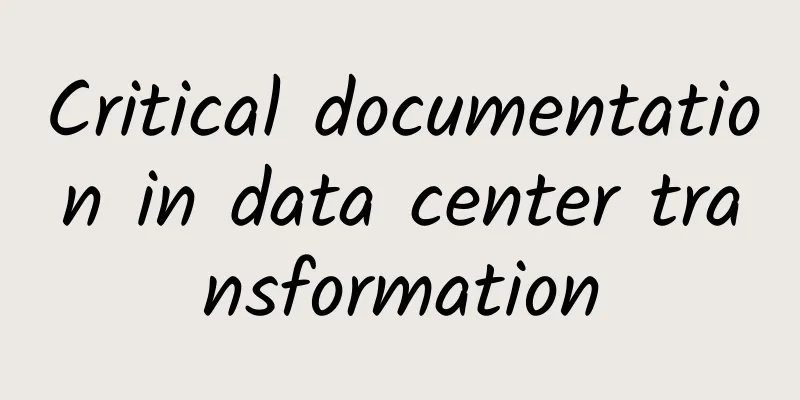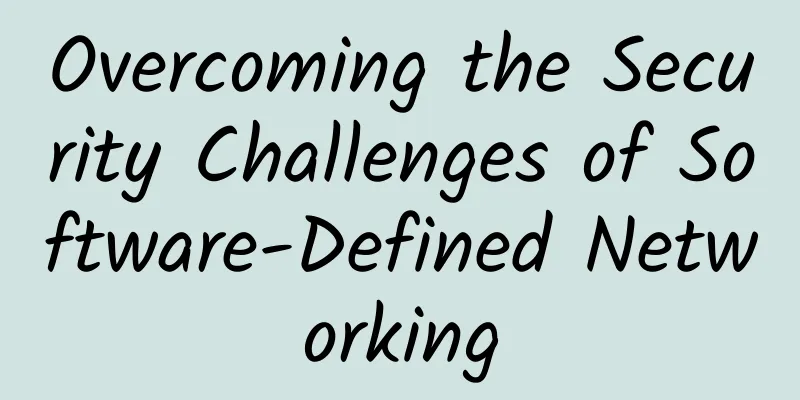Changing the quality of cultural experience with 5G

|
Museums are vital centers of culture, education, and creativity. Whether you’re visiting an exhibition on Ancient Greece or marveling at Egyptian artworks from the Pharaonic period, technology can help us appreciate history’s many achievements by enhancing our rich experience of history. In the past, some people might have felt frustrated by a trip to a museum: endless rooms filled with piece after piece, but not enough information to understand their meaning, context, and symbolism. Today, technology is transforming the museum sector, and with the deployment of 5G, state-of-the-art tools will allow all generations to view exhibitions from a new perspective.
Virtual Reality (VR) and Augmented Reality (AR) in Museums Today, virtual reality installations are mainly integrated in classrooms or specific environments. Moreover, when it comes to augmented reality software, the demand for available bandwidth is huge. 5G will soon provide museums with space to deploy virtual and augmented reality tools. These tools will not only be available in certain areas of a museum or gallery, but will be available anywhere there is sufficient bandwidth. This will enrich the quality of the cultural experience of visitors from the moment they enter the museum to the moment they leave. Not only can virtual reality enhance the visitor experience, but it can also help museum professionals connect with each other on a deeper level. If a leading expert specializing in a certain historical period is working at an institution on the other side of the world, distance is no longer a barrier. Technology can give them access to the latest visuals of a specific artwork and provide valuable factual insights to support the museum's efforts to preserve and curate artwork. 5G technology will facilitate closer collaboration among museum professionals around the world to better preserve historical and cultural heritage. Museums increasingly use IoT Digital signage can be deployed throughout the museum, and museum staff can change the content displayed on the digital signage system with just a few swipes on their smart devices. The tool can be used for visitor notifications, such as promoting the latest internal exhibitions, visiting schedules and closing times. Digital signage can also change the displayed language based on the data received from tourists’ mobile phones to bridge cultural gaps and enhance a unified cultural experience. Big data collection The future of data analytics should not be underestimated. With the rise of low-latency, high-speed 5G deployments, it will be possible to capture more data than ever before. As this technology is implemented, managers will be able to track movement through personal data from connected devices to understand how long visitors spend in a particular exhibit or space, thereby understanding which works best capture visitors’ attention. future The application of technology will allow visitors to relive the historical moments defined by the artworks on display, while 5G technology will help bridge cultural divides and provide invaluable historical access to people of all backgrounds, wherever they are in the world. |
<<: Where is the future in the post-5G era?
Recommend
6 SD-WAN Challenges and Benefits
Software-defined WAN (SD-WAN) has obvious advanta...
One year after the license was issued, China's 5G commercialization yesterday, today and tomorrow
A lot can change in life in a year, and for the 5...
HXServers: $3/month KVM-dual-core CPU, 1GB memory, 60G NVMe, 2Gbps unlimited traffic, Los Angeles/Phoenix data center
HXServers is a new foreign hosting company that o...
How do Internet giants achieve load balancing and high availability? You will understand after reading this article
[[284447]] 1. What is load balancing? What is loa...
VPSMS Mid-Autumn Festival Promotion: VPS monthly payment 38% off quarterly payment 32% off, Los Angeles CN2 GIA line monthly payment starts from 53 yuan
VPSMS is shared in the blog for the first time. I...
Will NB-IoT be eliminated? What is the value of connectivity?
Just as Verizon and AT&T are commercializing ...
Operators set different network speeds for 5G packages: some are even worse than 4G
Not long ago, the Ministry of Industry and Inform...
When WiFi6 collides with 5G, is it a crisis or a business opportunity?
September 16, 2019 WiFi Alliance announces WiFi6 ...
How to make the audit of data center assets more efficient?
Everyone has their responsibilities, but what to ...
Transmission technology has made a great leap forward! The IoT market will exceed one trillion this year
Multiple IoT transmission technologies have been ...
RAKsmart New Year Event: E3 servers starting at $30/month, 30% off on all VPS, popular VPS starting at $1.99/month
RAKsmart is a foreign hosting company operated by...
No more worrying about data loss: use rsync to build your automated backup solution
In modern IT environments, data backup is a vital...
Future trends driving unified communications in 2021
[[360050]] While 2021 is full of uncertainty for ...
Talk about Kerberos kinit command and ccache mechanism
1. Introduction Hello everyone, I recently encoun...
How to tell if Wi-Fi 6 is right for you
There is a lot of discussion around the next gene...






![[11.11] CMIVPS annual promotion VPS host 50% off, Hong Kong large bandwidth/direct line monthly payment starts from US$3.5](/upload/images/67cac23863b4e.webp)


